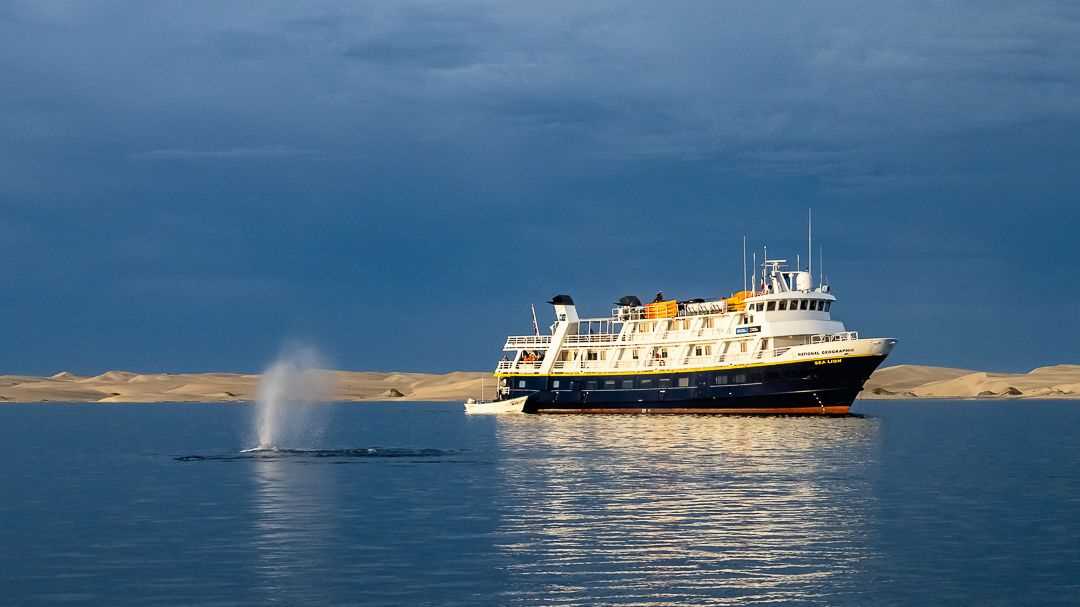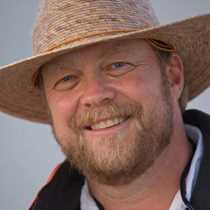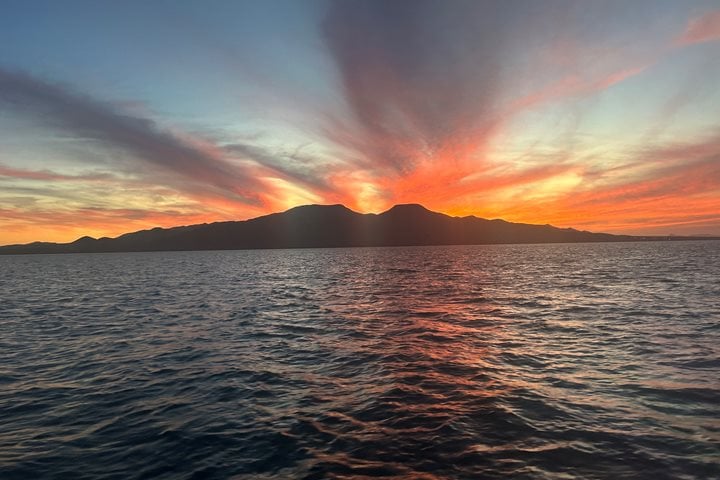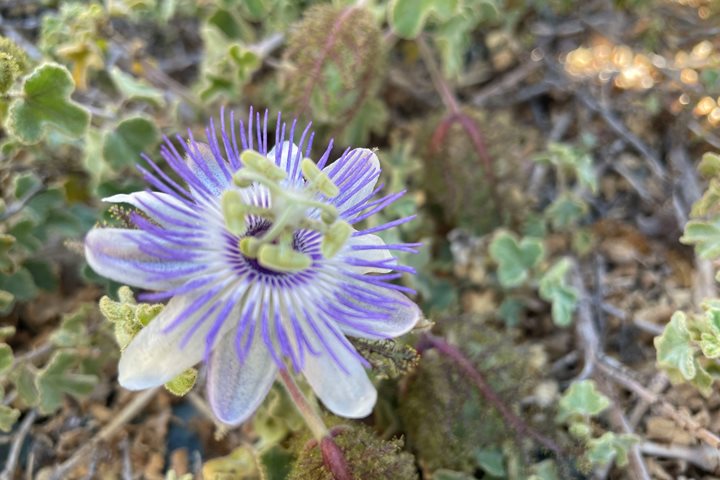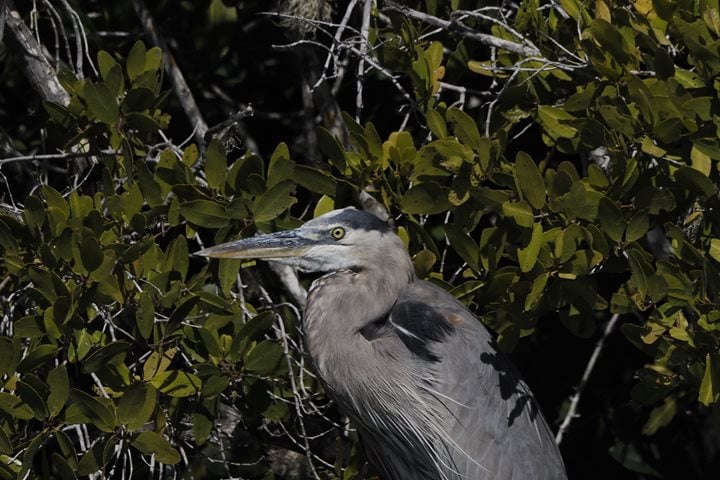It’s been all whales all the time here on National Geographic Sea Lion. Something happened today that I have never witnessed before in my 30 years of visiting Magdalena Bay, the southernmost of the California gray whale lagoons along the Pacific Coast of the Baja Peninsula. This is peak season for the gray whales who migrate each winter 6,000 miles from their feeding grounds in the Artic to mate, give birth and nurse their new-born calves.
Conditions were prefect with no wind and very little current this morning during our last outing whale watching when we encountered a mother with a very young calf. The calf was no more than a few weeks old and only about the length of our 16-foot-long Zodiac. Mom was very relaxed as her calf visited each of our boats that idled motionless in the water. Several times mom surfaced between the boats rolling and then hanging at the surface, as her calf interacted with the whale lovers, swimming repeatedly from one boat to another sharing the love.
But what was a first for me, and so utterly amazing, was the way mom broke off the friendly encounter that lasted more than two hours. With little warning she lifted her head out of the water between the boats without making a big splashing. Then only moments later she rocketed from the water in a full breach making a huge splash. She repeated this acrobatic behavior three times, landing upside-down on her back farther and farther away. After her last big splash her calf joined in the fun, making a few leaps before joining mom and swimming slowly away.
Not one to anthropromorphize, the collective feeling for everyone who experienced this moment was one of celebration and gratitude. It was as if mom was thanking us for spending so much time loving her calf. These are the magic moments that make expeditions to wild places so meaningful and memorable.

